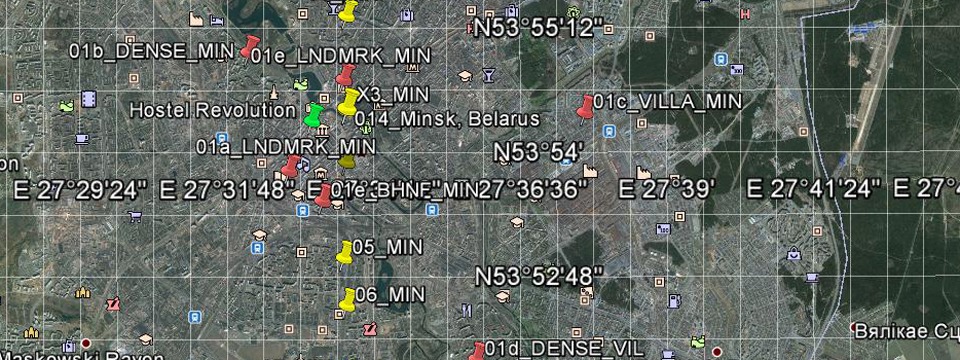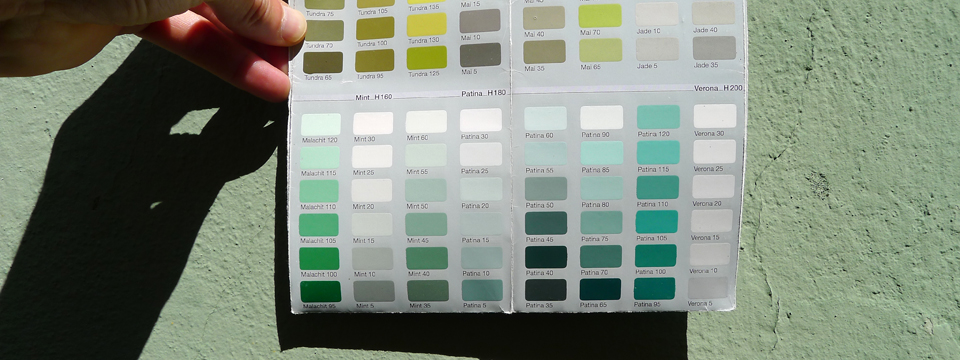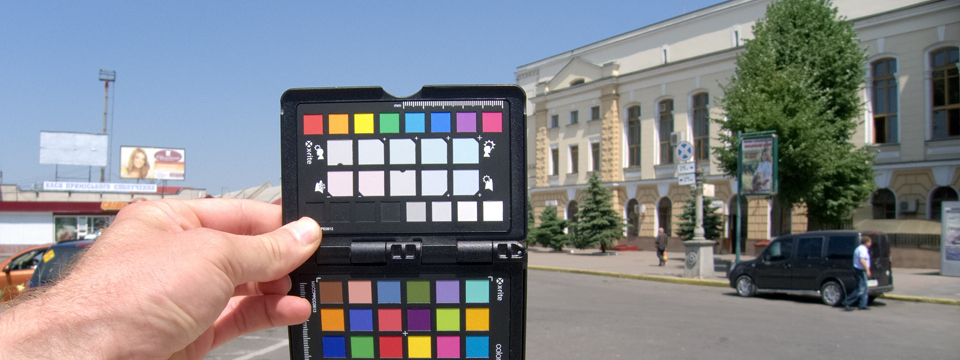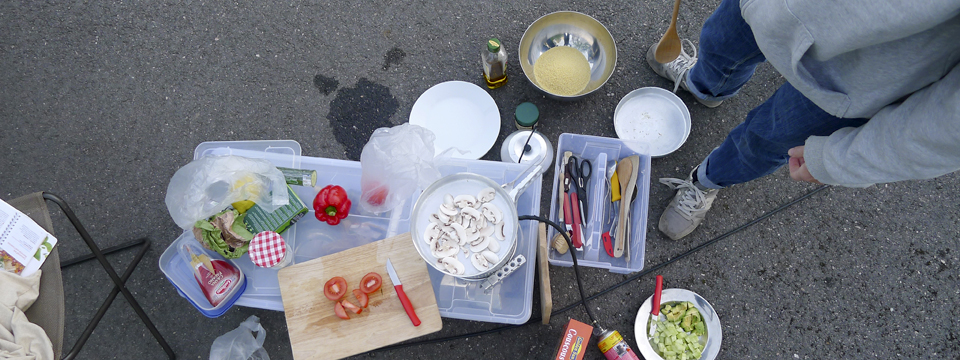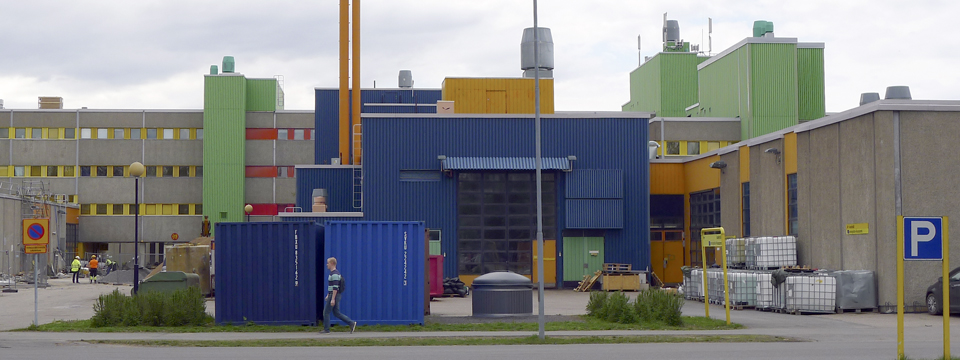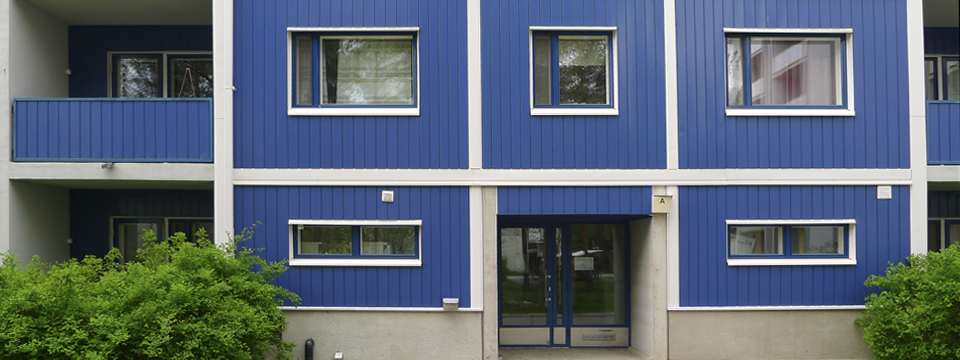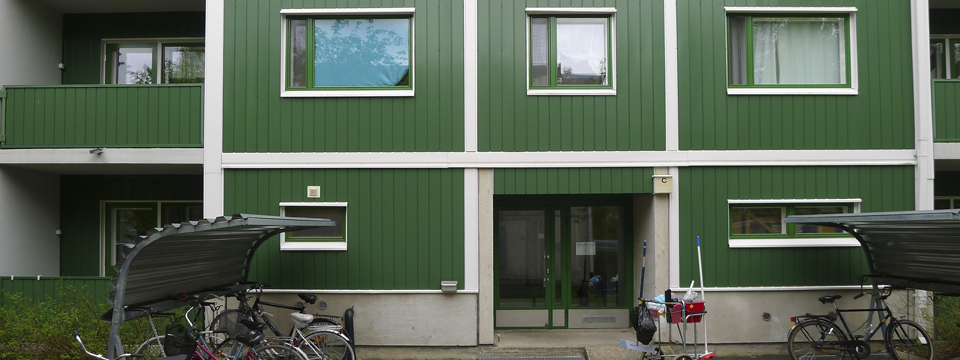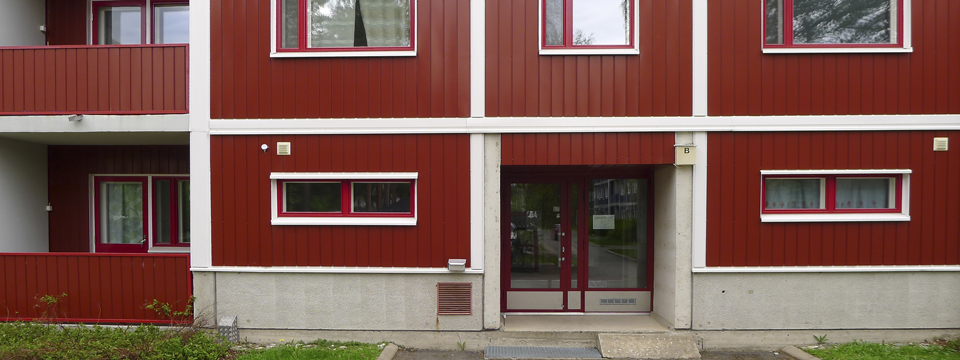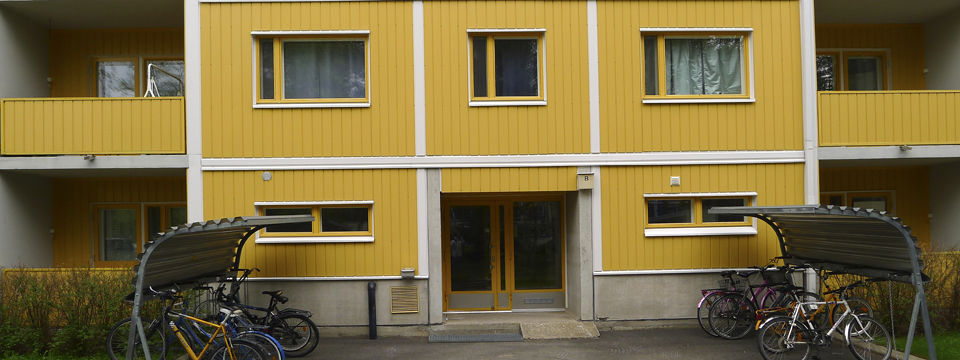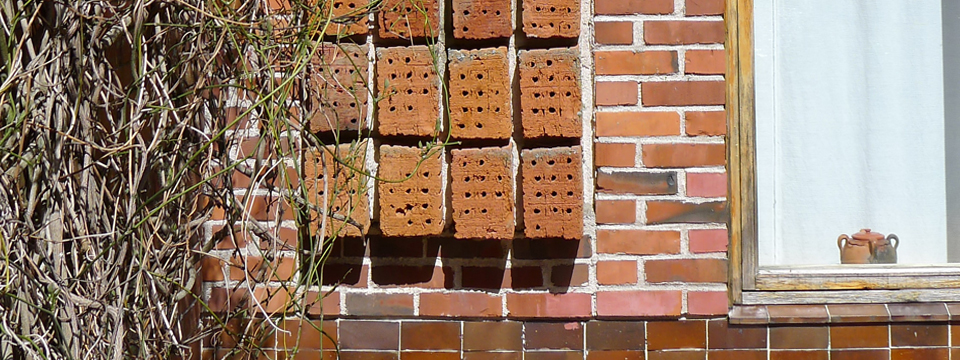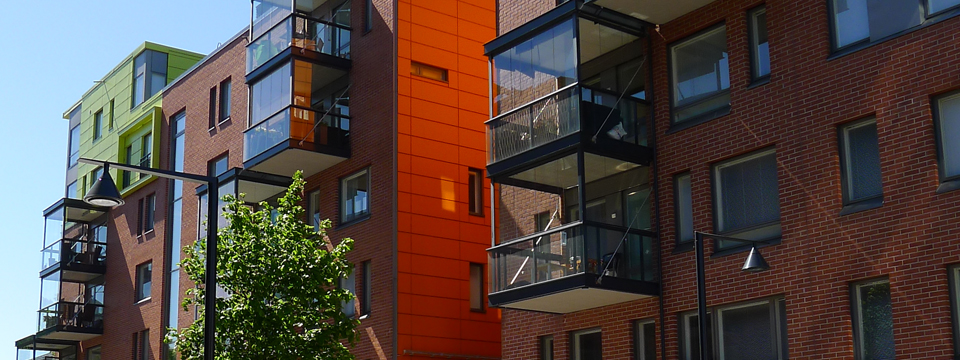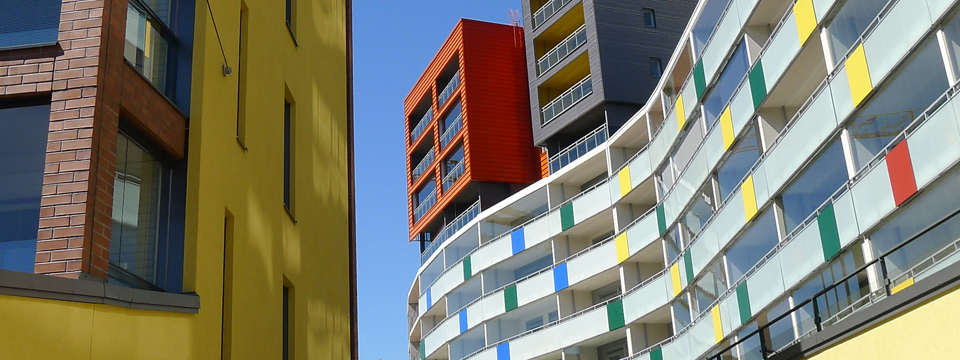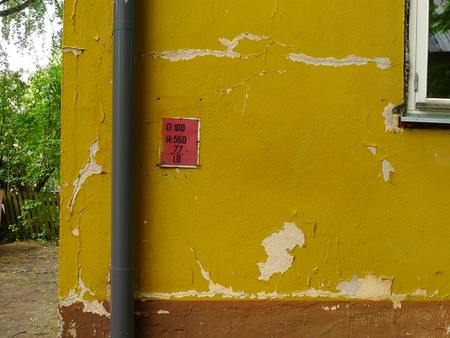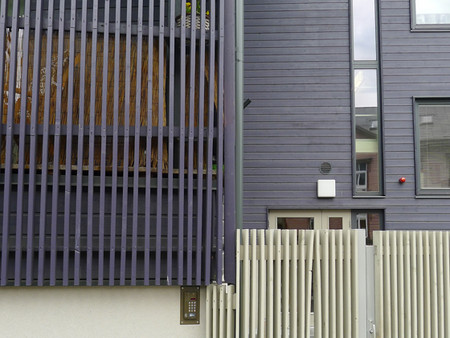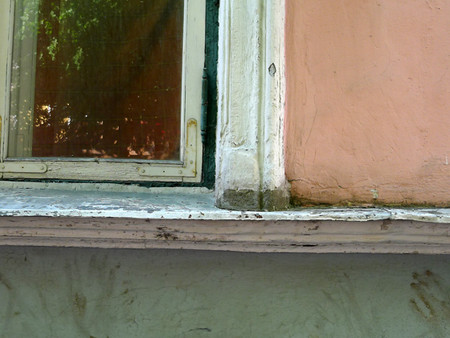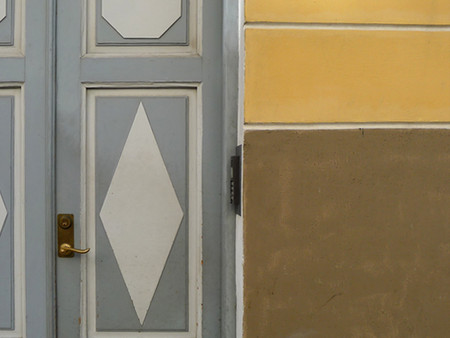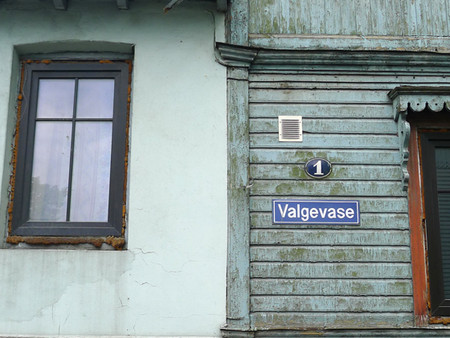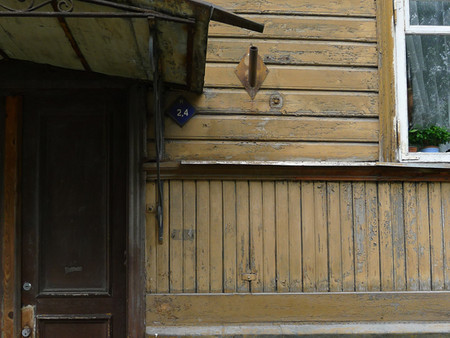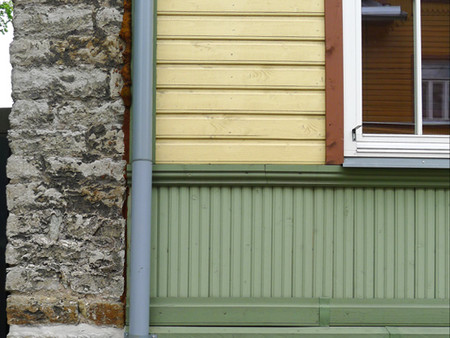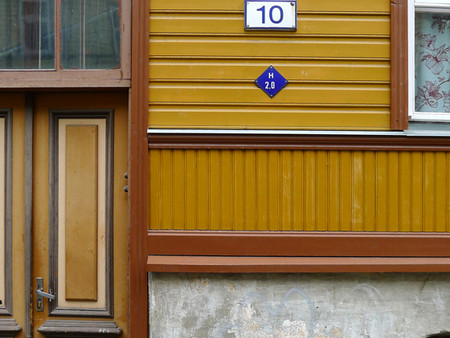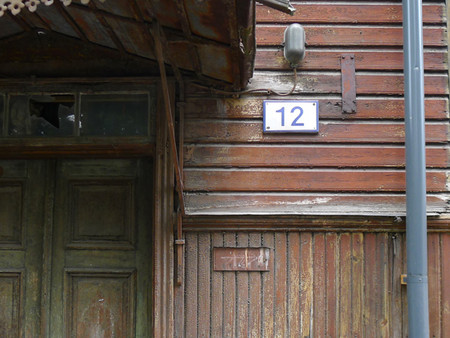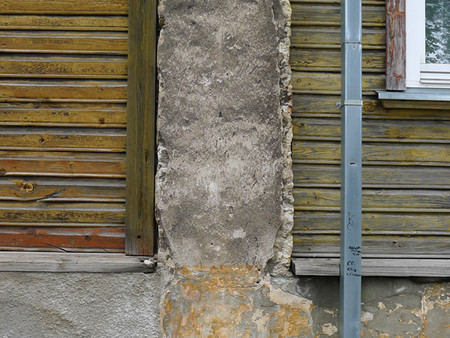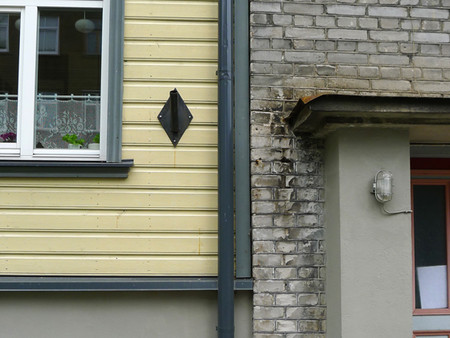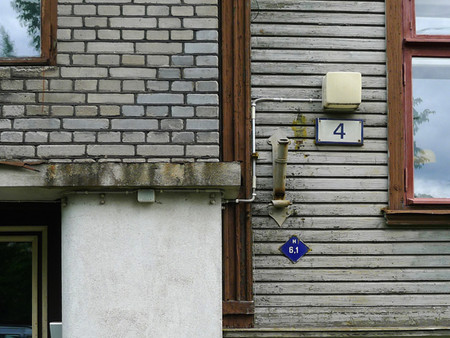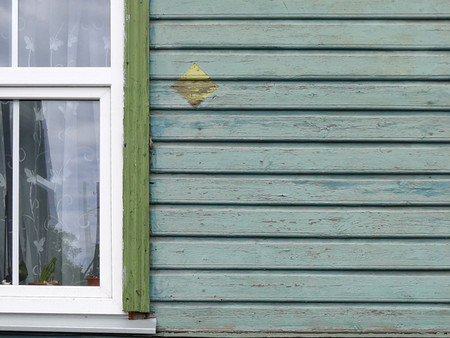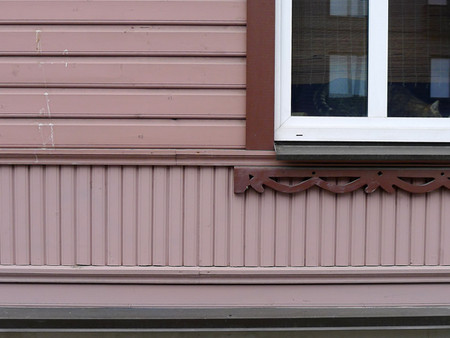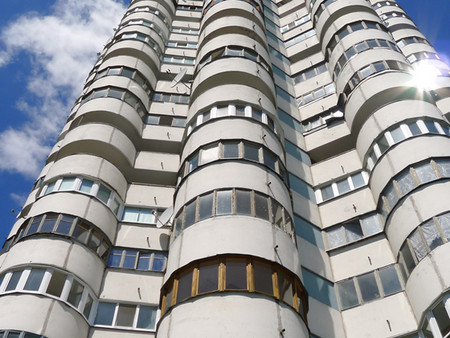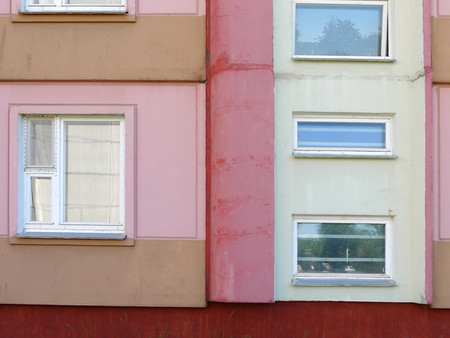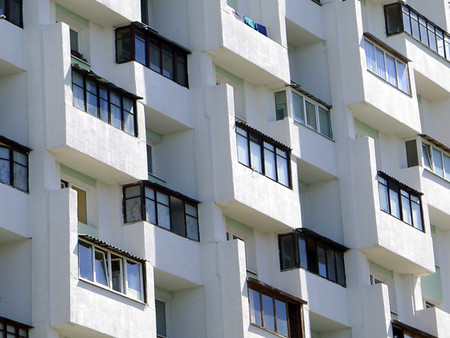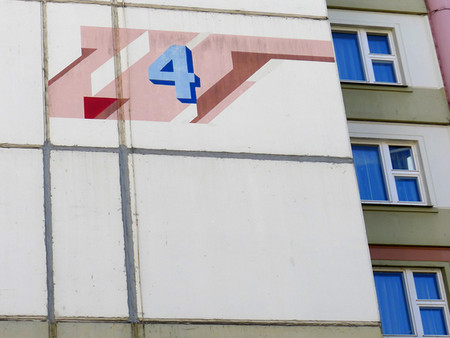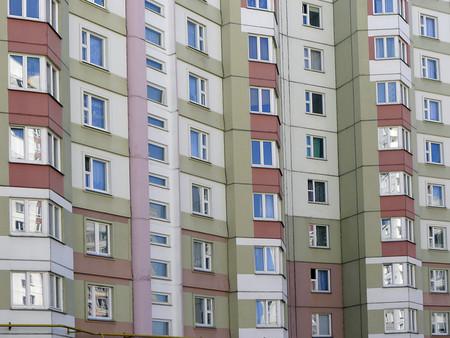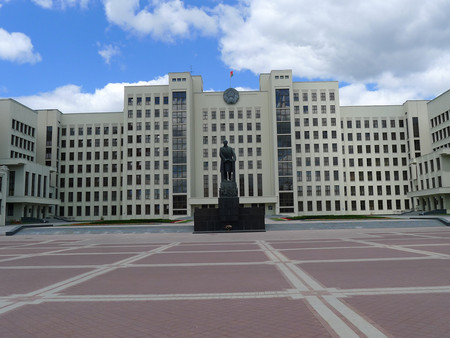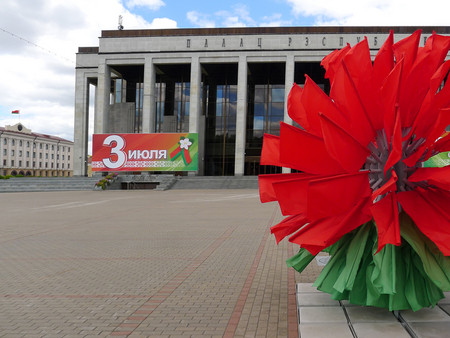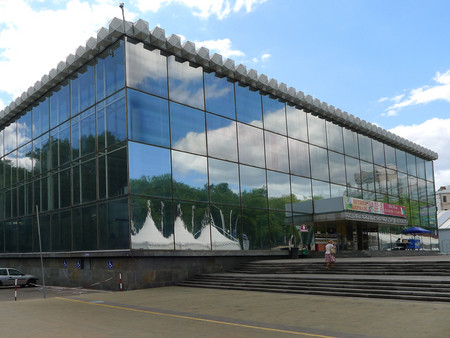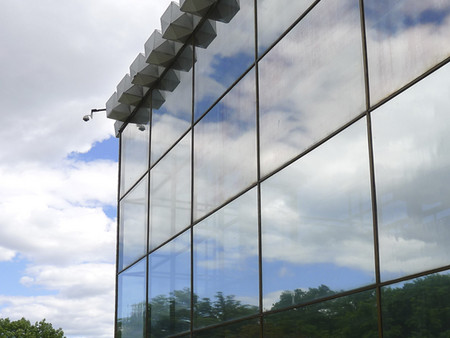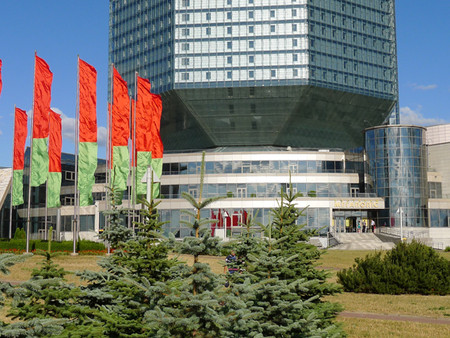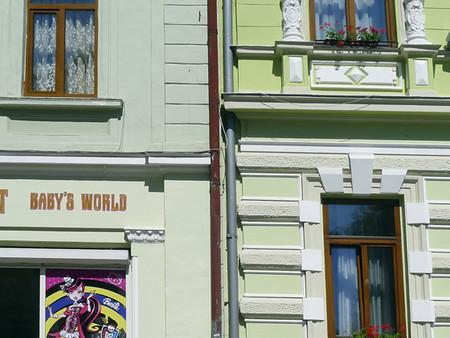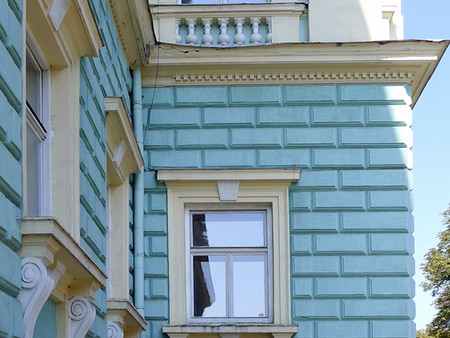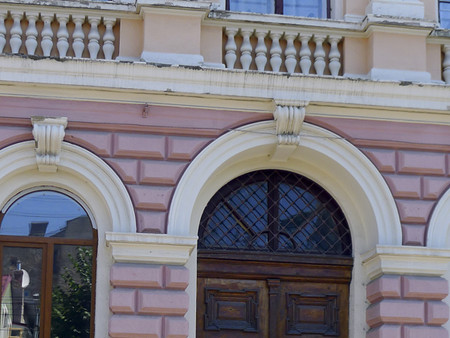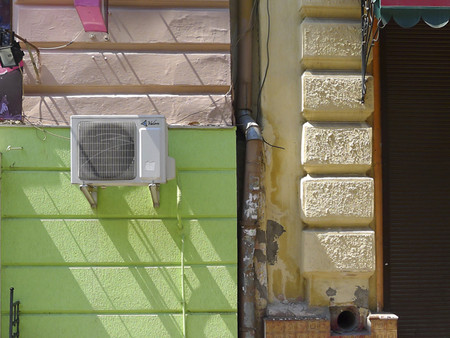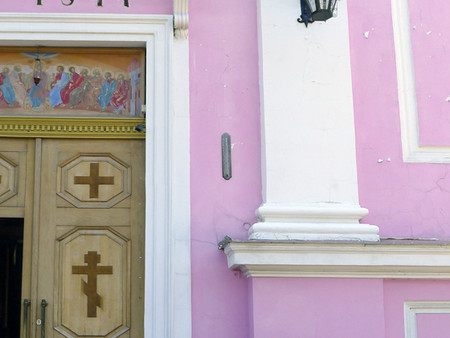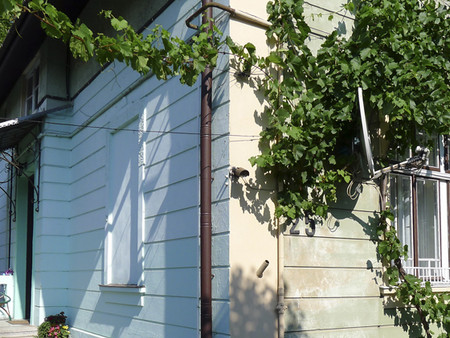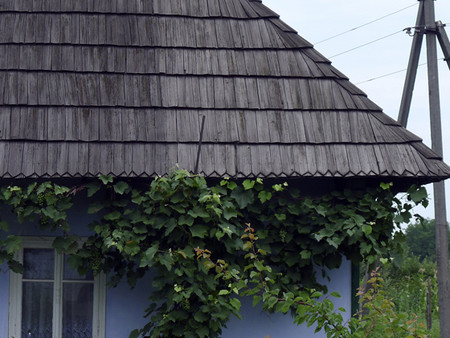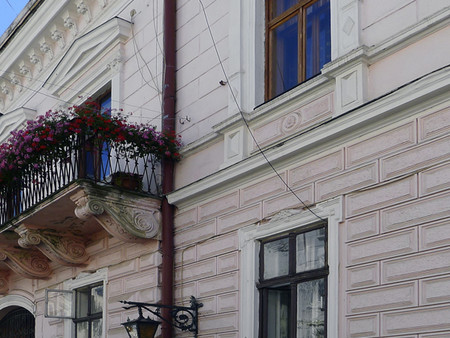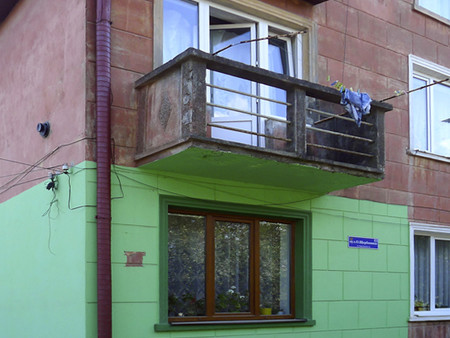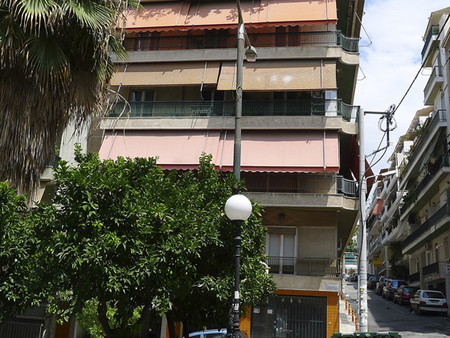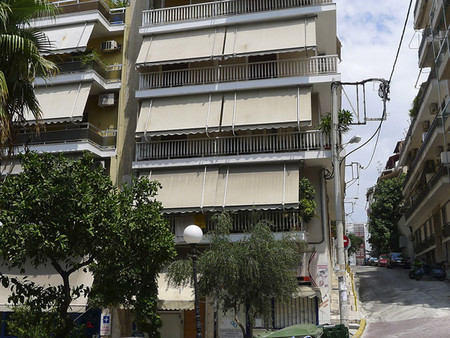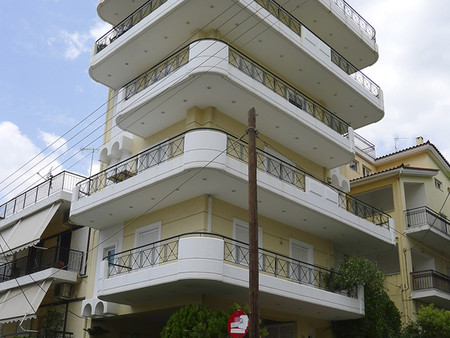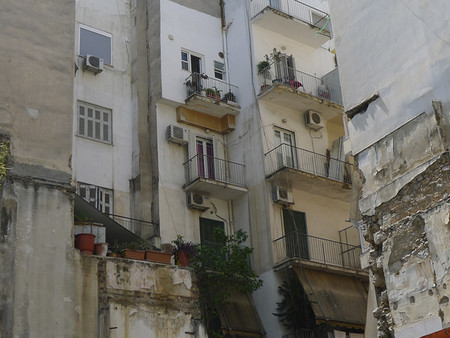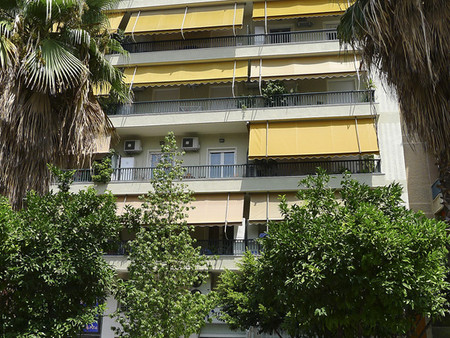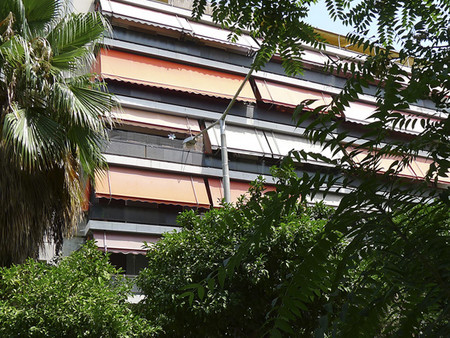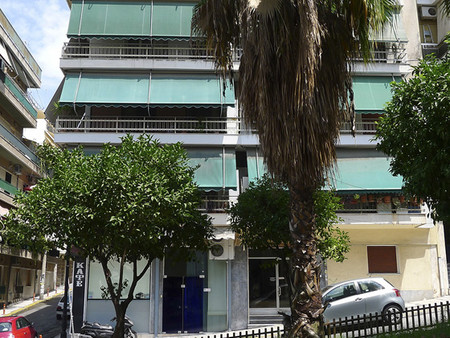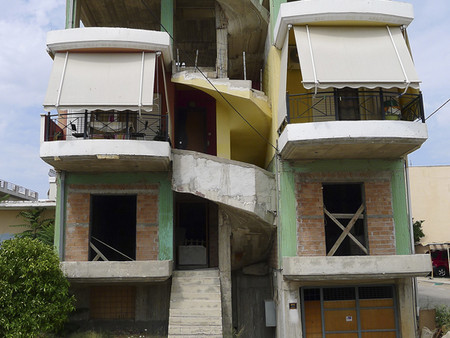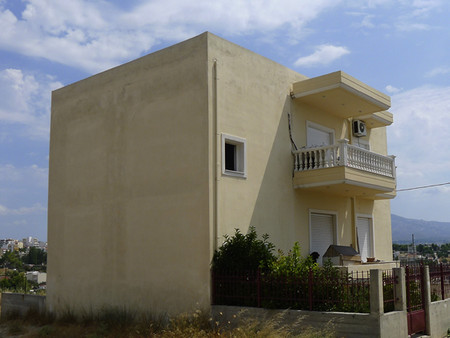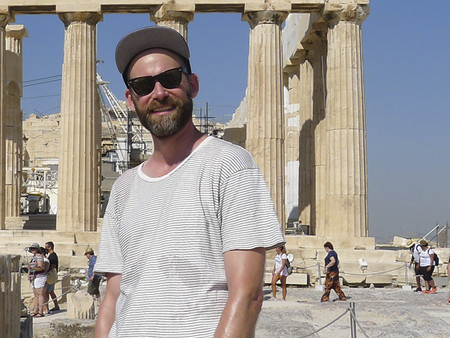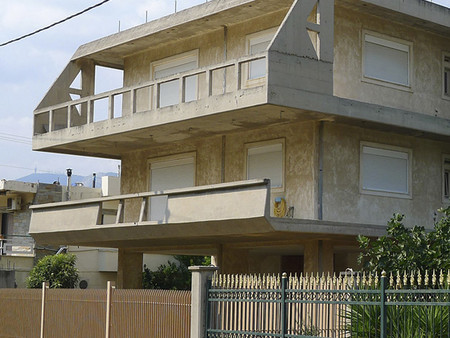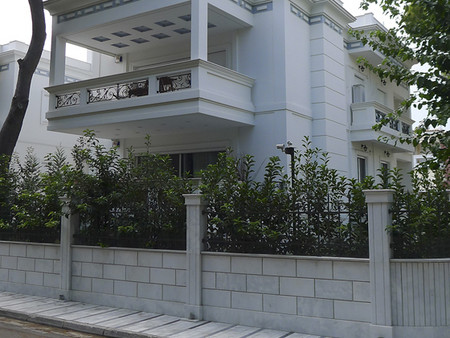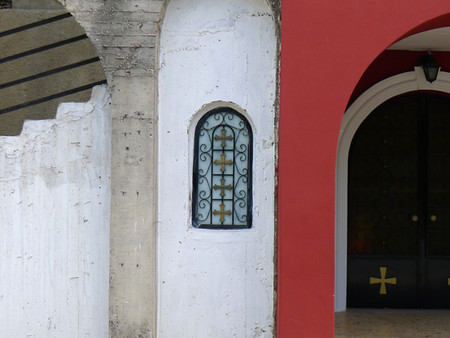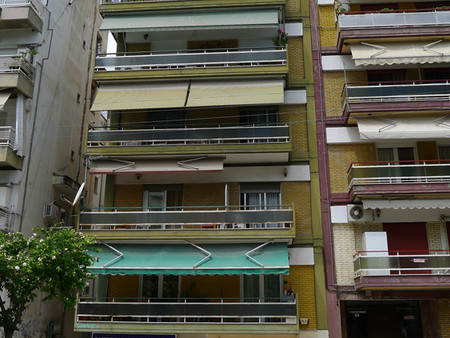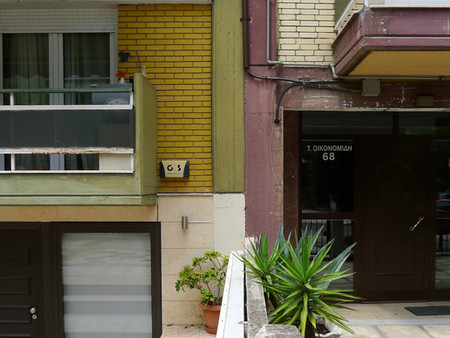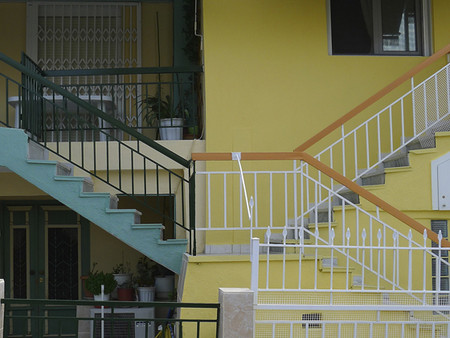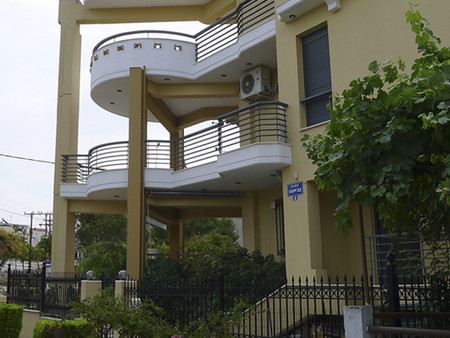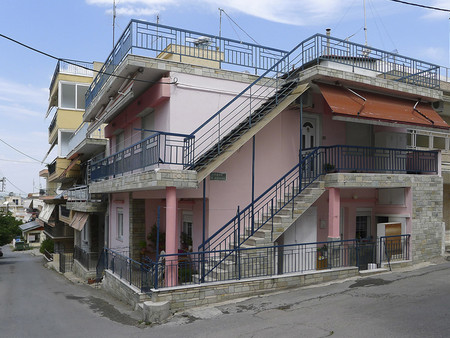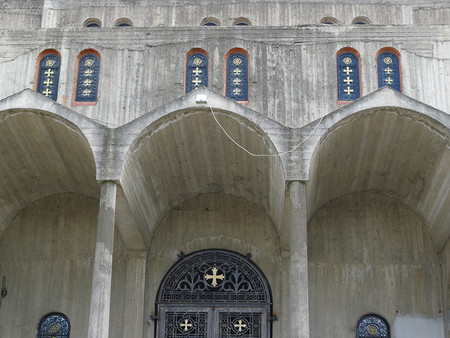Colour Research Vol.1
Local Colour
I'm off then..... a research project on the colour identity of cities

Dipl.-Ing. Markus Pretnar teaches the subject 'Colour and Space' in the Interior Design programme at Mainz University of Applied Sciences. For 2015, he has undertaken a special research project: a study trip through 22 cities and towns. This summer he travelled from the North Cape to Athens, covering a total of 16,000 km. On his journey, he has traced the colour identity of cities and towns. To this end, he developed a method that he has tested and further elaborated. He plans to evaluate the results of the study before the end of 2016 and publish them as a book. In an interview, he revealed his individual impressions to us.
More background information and cities along the route, photos and notes can be found on the following website: http://yeah.hs-mainz.de
The Tour: tracking down the concept of local colour
What does regional colourfulness mean and what does it depend on? Climatic conditions and existing building materials characterise the appearance of rural areas. This leads to individual colour cultures that are reflected and discernible in regional colours. Can these colours also be extended to urban space? The following selection of photos from Oulu (Finland), Tallinn (Estonia), Minsk (Belarus), Chernivtsi (Ukraine) to Greece shows an informative first cartography of local colours and materials.
Oulu, Finland: Astrid Lindgren aesthetics as well as high design awareness
In Scandinavia, the colours of rural areas with the primary colours red-blue-yellow-green can often be found in urban areas. More often than in other countries in the study, selected colours and conscious material selection are combined with design competence in Scandinavia. This results in a higher presence of good and meaningful design in public spaces. An aesthetic of beauty.
Tallinn, Estonia: atmosphere = identity or the aesthetics of disappearance
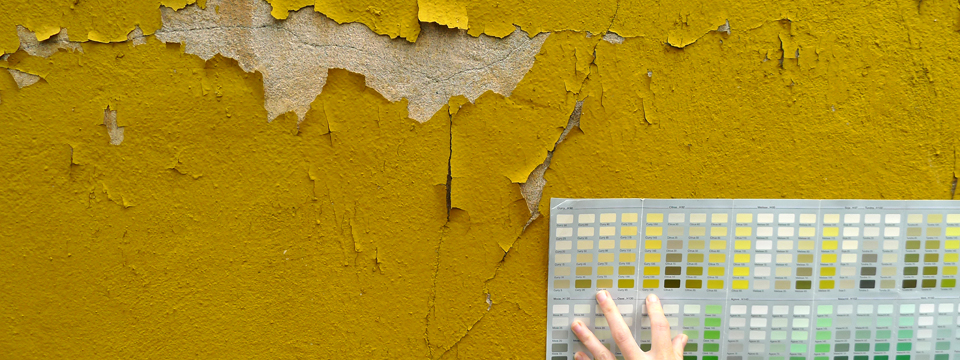
The trendy Kalamaja district in Tallinn impresses with its beautiful 100-150-year-old residential buildings constructed as wood and plaster architecture. It is an old morbid place with faded plaster, flaking paint coats and patinated surfaces. But that is exactly what makes up the romantic and touching atmosphere. The surfaces of the buildings are designed in such a way that they age beautifully - without deteriorating. Is this aesthetic of ageing on the decline? The desire for a sound world has led to smooth beauties with perfect surfaces. Many old towns are nowadays being renovated to perfection, with the result that they appear pretty, but lifeless and preserved - as if too much make-up had been applied. The aesthetic quality of the ageing processes of materials and surfaces is disappearing more and more. New materials are so controlled that they do not age or if they do, they do not age beautifully.
Minsk, Belarus: monopolised aesthetics - a dying model
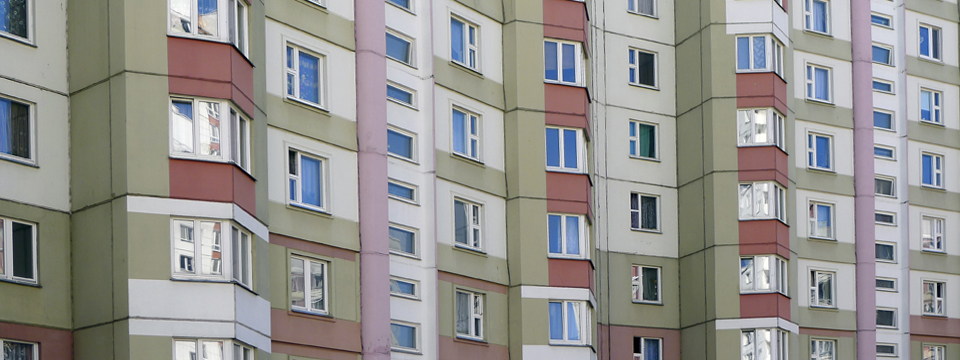
The city in Belarus is the most exotic place of the journey, presenting one of the last examples of quasi-monopolised aesthetics. As 40 years ago in the GDR, the state has an influence on the design of public spaces. Due to this penetrating approach, the urban space appears correspondingly homogeneous, which is impressive at first. But as a human being, one feels quite small compared to the stereotypical socialist buildings. Fortunately, there are also colour designers in Minsk whose will to design resists the rigour of architecture and loosens up the fronts with colour highlights.
Chernivtsi, Ukraine: cheerfulness in southern Europe
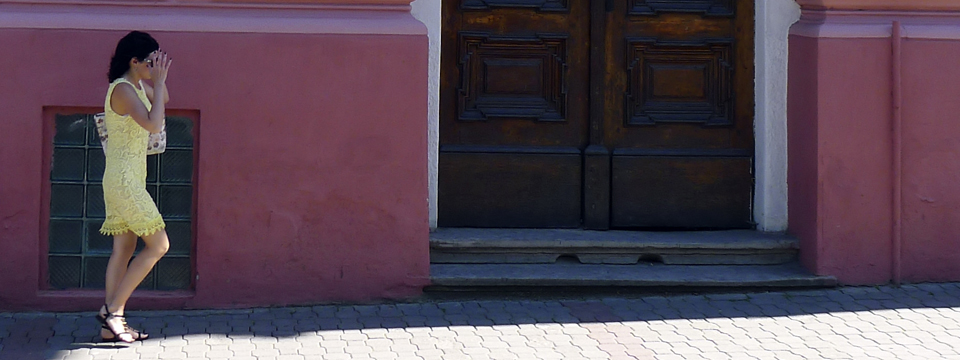
"Chernivtsi was the funniest and most surprising place of the whole trip - this small town was great fun," says Markus Pretnar in our interview. First of all, the town centre presents typical Austrian architecture from classicism and baroque. However, all the buildings are painted in candy colours. The designers were colourful, playful and very keen to experiment. This strong colourfulness makes the city an enclave of colourfulness - all the way to the suburbs. Chernivtsi is the first town on the North-South tour to appear clearly southern European.
Athens and Thessaloniki, Greece: of balcony houses and other building sites
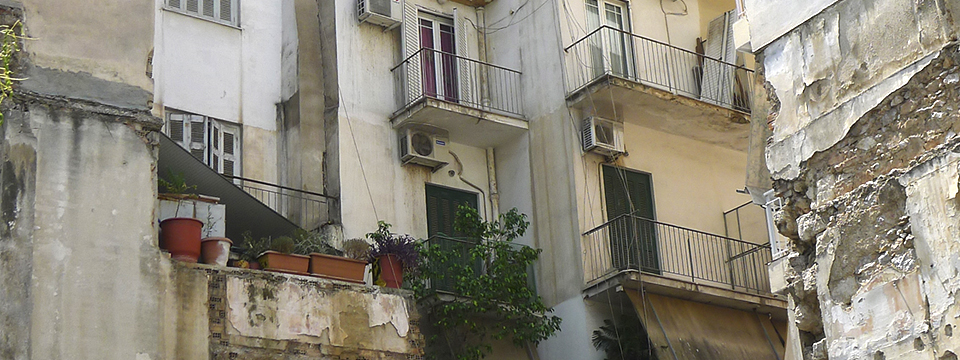
Photos from Athens and Thessaloniki are selected as examples for the last stop of the first Local Colour research trip. However, this is where the investigation reaches its limits. This is because awnings and blinds determine the colourfulness of the typical Greek apartment house. These are not always visible, difficult to reach and, of course, they are sometimes replaced. The facade often remains as a fair-faced concrete surface, if it is finished at all. Many houses look like construction sites. Sometimes a floor is already occupied although the rest of the building is still under construction. "The concept of "completed architecture" does not seem to be so universally applicable in southern European countries" - according to the considerations of Markus Pretnar.





